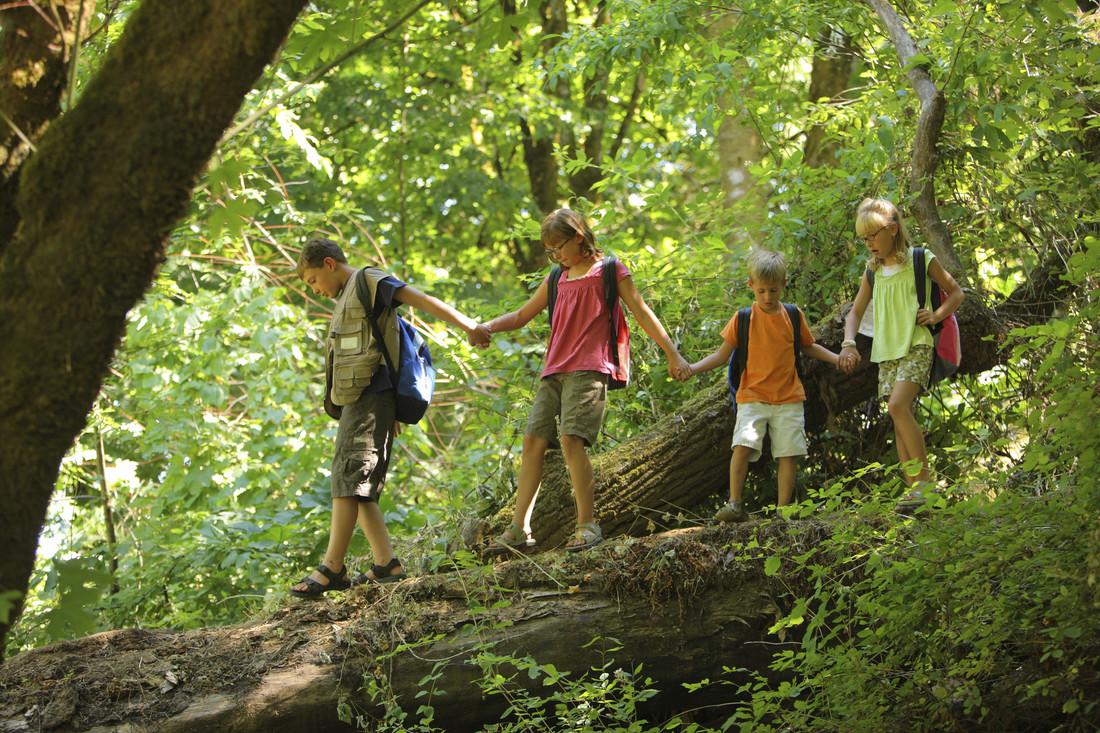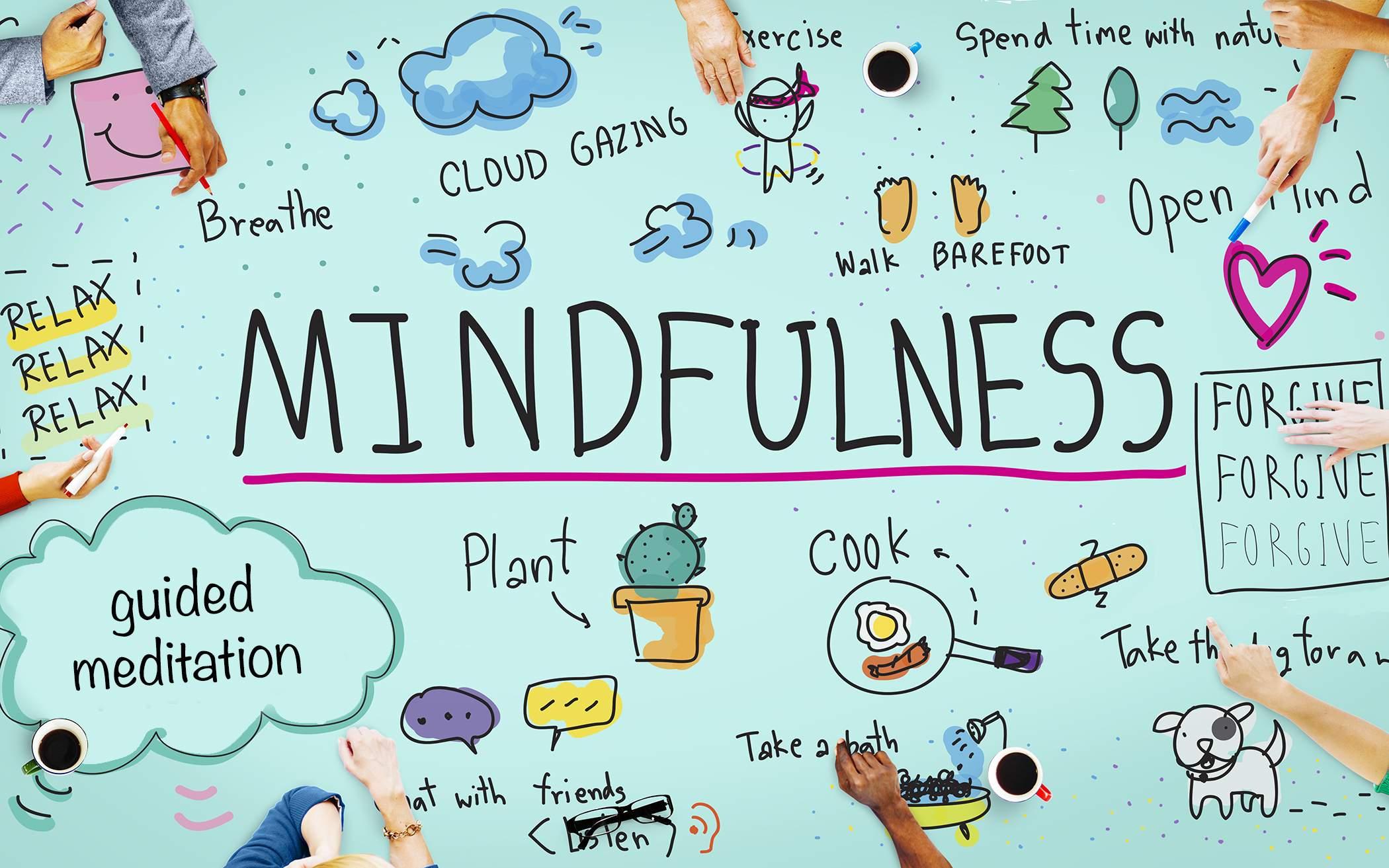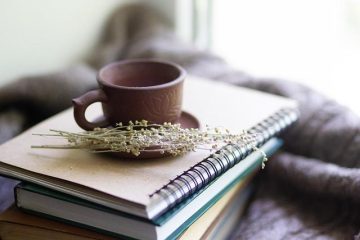Table of Contents
- Understanding the Importance of Health Relaxation Techniques
- Exploring Different Methods for Effective Stress Relief
- Creating a Customized Relaxation Routine for Better Well-being
- The Benefits of Mindfulness and Breathing Exercises
- Incorporating Relaxation into Your Daily Life for Lasting Health
- Q&A
- Final Thoughts
Understanding the Importance of Health Relaxation Techniques
In today’s fast-paced world, maintaining mental and physical well-being is crucial, and relaxation techniques play a pivotal role in achieving this balance. These techniques not only provide immediate stress relief but also have long-term benefits for one’s overall health. Engaging in regular relaxation practices can enhance emotional stability, improve cognitive function, and boost immunity. By prioritizing downtime, individuals can better manage their responses to daily stressors, ultimately leading to a healthier life.
Various methods are available for achieving relaxation, and each can be tailored to fit different lifestyles and preferences. Some effective techniques include:
- Deep Breathing: Focused breathing exercises can calm the mind and reduce anxiety levels.
- Meditation: This practice helps clear the mind and promotes emotional well-being.
- Yoga: A combination of physical postures and mindfulness that enhances flexibility and reduces stress.
- Progressive Muscle Relaxation: Involves tensing and relaxing different muscle groups to alleviate physical tension.
To better understand how relaxation techniques can contribute to a healthier lifestyle, here’s a quick overview of their benefits:
| Technique | Physical Benefits | Mental Benefits |
|---|---|---|
| Deep Breathing | Reduces blood pressure | Enhances focus and calmness |
| Meditation | Improves sleep quality | Increases self-awareness |
| Yoga | Boosts flexibility and strength | Heightens emotional resilience |
| Progressive Muscle Relaxation | Relieves muscle tension | Reduces stress and anxiety |


Exploring Different Methods for Effective Stress Relief
In today’s fast-paced world, finding ways to manage stress is crucial for maintaining both mental and physical well-being. One effective method is incorporating mindfulness practices into your daily routine. Techniques such as meditation, deep breathing exercises, and yoga not only cultivate a sense of inner calm but also promote better focus and emotional regulation. Investing just a few minutes each day can yield significant benefits, reducing anxiety and enhancing overall happiness.
Another popular approach to alleviating stress involves engaging in regular physical activity. Exercise releases endorphins, the body’s natural mood lifters, making it an essential component of any stress-relief plan. Whether it’s a brisk walk outdoors, dancing to your favorite music, or hitting the gym, finding an enjoyable form of exercise can make it easier to stick with it. Here are a few accessible options:
- Walking: Simple and effective; can be done almost anywhere.
- Swimming: Provides a full-body workout and is soothing for the mind.
- Team Sports: Combines physical activity with social interaction for double the stress relief.
Besides mindfulness and exercise, another valuable technique is embracing creative outlets. Activities like painting, writing, or playing an instrument can serve as powerful forms of expression and relaxation. Not only do these pursuits distract the mind from stressors, but they also allow individuals to channel their emotions constructively. Consider trying different creative methods to discover what resonates with you personally. Here’s a simple comparison of popular creative activities:
| Creative Activity | Benefits |
|---|---|
| Painting | Enhances mood, promotes self-expression. |
| Writing | Helps in processing emotions, boosts clarity. |
| Playing Music | Reduces anxiety, fosters concentration. |


Creating a Customized Relaxation Routine for Better Well-being
Creating a personalized relaxation routine starts with understanding what helps you unwind. One effective approach is to identify various activities that resonate with you and incorporate them into your daily life. Consider activities that engage your senses and promote tranquility, such as deep breathing exercises, gentle yoga, or mindfulness meditation. The key is to evaluate how each activity makes you feel and adjust your routine accordingly. Think about exploring options like
- Herbal teas to calm the mind
- Soothing music to create a peaceful atmosphere
- Nature walks for grounding your thoughts
Establishing a consistent schedule can enhance the effectiveness of your relaxation techniques. It’s beneficial to set aside specific times each day dedicated to self-care, allowing your mind and body to anticipate these moments of peace. For instance, you might find that early mornings are ideal for meditation while evenings could be reserved for warm baths or reading. Having a structured routine might look something like this:
| Time | Activity |
|---|---|
| 7:00 AM | Morning Meditation |
| 12:30 PM | Mindful Lunch Break |
| 8:00 PM | Relaxing Bath |
remember the importance of flexibility in your routine. Customization does not imply rigidity; it invites experimentation. It’s okay to shift your activities based on how you feel each day. If you find one exercise particularly rejuvenating one day, you might want to prioritize it over another. The objective here is to cultivate a routine that not only alleviates stress but also nurtures your overall well-being. Embrace change and allow your relaxation practices to evolve, reflecting your personal growth and ever-shifting preferences.


The Benefits of Mindfulness and Breathing Exercises
Incorporating mindfulness and breathing exercises into your daily routine can significantly transform your overall well-being. These practices encourage a deeper connection with the present moment, reducing the noise of daily stressors and anxieties. By focusing on your breath and cultivating awareness, you can achieve a state of calm that enhances mental clarity and emotional resilience. This simple act of pausing to breathe allows for reflection and a shift in perspective, empowering you to tackle challenges with a refreshed mindset.
Moreover, the physiological benefits are equally compelling. Engaging in mindful breathing can lead to reduced heart rate and lower blood pressure, promoting a sense of relaxation throughout the body. Over time, consistent practice has been shown to improve sleep quality and enhance immune function. Below are some specific health benefits associated with these practices:
- Stress Reduction: Mindfulness reduces the production of stress hormones.
- Enhanced Focus: Breathing exercises sharpen concentration and attention span.
- Emotional Regulation: These techniques can help manage feelings of anxiety and depression.
- Improved Physical Health: Regular practice boosts cardiovascular health and raises energy levels.
In addition to these advantages, mindfulness and breathing exercises can serve as powerful tools for enhancing your daily life. They provide a simple yet effective way to cultivate a sense of peace and balance amidst the chaos of modern living. Establishing a consistent practice can help you develop healthier habits, foster personal growth, and build a more satisfying life experience. The key is to start small—dedicating just a few minutes each day to focused breathing can lead to noticeable improvements in your mental and physical health over time.


Incorporating Relaxation into Your Daily Life for Lasting Health
Integrating moments of relaxation into your daily routine is essential for maintaining both physical and mental well-being. The hustle and bustle of everyday life can become overwhelming, making it crucial to carve out time for self-care. Start by setting aside dedicated moments throughout your day. Even just five to ten minutes of deep breathing, meditation, or stretching can yield significant benefits. The key is to create a relaxation ritual that resonates with you personally. Think about incorporating activities that bring you joy and peace, ensuring that relaxation becomes a welcomed part of your routine.
Consider the following strategies to seamlessly weave relaxation into your day:
- Mindful Mornings: Begin your day with a slow, intentional approach. Enjoy a calm breakfast, practice gratitude, or indulge in a brief meditation session.
- Movement Breaks: Engage in light physical activity like yoga or a leisurely walk. This promotes not only relaxation but also healthy circulation and mental clarity.
- Digital Detox: Set specific times during the day to unplug from screens and technology, creating space for mental rest and rejuvenation.
Moreover, establishing a calming evening routine can significantly enhance your relaxation efforts. Create a peaceful environment by dimming the lights in your home and limiting stimulating activities before bed. Techniques such as gentle stretches, reading, or listening to soothing music can help prepare your mind for sleep. To assist in tracking your progress and identifying what relaxation methods work best for you, consider using a table to document your daily practices:
| Relaxation Technique | Duration | Frequency | Notes |
|---|---|---|---|
| Deep Breathing | 5 minutes | 3 times a day | Helps to reduce anxiety significantly. |
| Evening Walk | 15 minutes | Daily | Promotes restful sleep. |
| Yoga | 30 minutes | Twice a week | Improves flexibility and reduces stress. |
Q&A
Health Relax: Your Questions Answered
Q1: What exactly is “health relax”? A: “Health relax” refers to a holistic approach to well-being that combines relaxation techniques with health-enhancing practices. This can include activities like meditation, yoga, deep breathing exercises, and even leisurely walks in nature, all aimed at reducing stress and promoting physical and mental health.Q2: How does relaxation impact our overall health? A: Relaxation has a profound impact on our health. By lowering stress levels, relaxation techniques can reduce the risk of chronic diseases, improve heart health, boost immune function, and enhance mental clarity. It can also help in managing anxiety and depression, fostering a greater sense of peace and well-being.
Q3: How can I incorporate “health relax” into my daily routine? A: Integrating health relax practices into your daily life can be simple and rewarding. Start with short sessions of deep breathing or mindfulness meditation each morning. You could also schedule regular breaks during your day to stretch or take a brief walk. Additionally, consider setting aside time each week for yoga or a relaxing hobby that you enjoy.
Q4: Are there specific techniques that are recommended for relaxation? A: Yes, several techniques can help facilitate relaxation. Popular methods include:
- Deep Breathing: Focus on your inhalation and exhalation to center your thoughts.
- Progressive Muscle Relaxation: Tense and then relax each muscle group in your body.
- Guided Imagery: Visualize calming scenes or scenarios to escape the stresses of daily life.
- Mindfulness Meditation: Cultivate awareness of the present moment without judgment.
Q5: Can technology aid in achieving health relax? A: Absolutely! There are a multitude of apps and devices designed to assist in relaxation. Meditation apps can guide you through sessions, while wearable technology can track your stress levels and suggest breathing exercises in real-time. Online classes for yoga or Tai Chi provide accessible ways to practice at home or on the go.
Q6: Are there age-specific recommendations for health relax techniques? A: Yes, relaxation techniques can be tailored to all ages. For children, fun activities like yoga games or nature walks work well. Adolescents might enjoy mindfulness apps or engaging in creative hobbies like drawing or music. Adults often benefit from structured classes or group activities, while seniors can focus on gentle exercises and community-based programs that foster connection.
Q7: What are the common misconceptions about relaxation techniques? A: One common misconception is that relaxation is a luxury or indulgence, rather than a necessity for health. Additionally, some may believe that relaxation only involves spending time alone or engaging in passive activities, whereas many effective methodologies include social interactions, such as group exercises or collaborative hobbies.
Q8: How can I measure the effectiveness of my relaxation practices? A: To measure effectiveness, pay attention to both physical and emotional changes. Some indicators include reduced stress levels, improved sleep quality, increased focus, and a general sense of peace. Keeping a journal can be beneficial; noting feelings before and after implementing relaxation practices can provide insight into their impact over time.
Q9: Can relaxation practices help with productivity? A: Yes! Regular relaxation can significantly enhance productivity. By reducing stress and clearing mental clutter, relaxation techniques allow for better focus and creativity, leading to more efficient work. A well-rested mind is often far more productive than one that is fatigued or overwhelmed.
Q10: Where can I find more resources on health relax? A: Numerous resources are available for exploring health relax techniques. Consider local wellness centers that offer classes or workshops. Online platforms like YouTube have a wealth of guided sessions for meditation and yoga, while apps like Headspace or Calm provide structured programs. Books on mindfulness and stress reduction can also serve as valuable guides in your journey towards relaxation and well-being.
With the right information and resources, embarking on your health relax journey can be a fulfilling and transformative experience. Remember, the key is consistency and finding what works best for you!




0 Comments